Anybody who has been up early in the past month and looked at the eastern sky will have noticed a brilliant white object – the planet Venus, sometimes called the Morning Star. It is much brighter than any other planet and is the third brightest object in the sky after the Sun and the Moon.
Image from NASA. Venus in the pre-dawn morning sky. The less bright object near to Venus is the planet Jupiter. Venus appears as a disc in the image because it is so bright that it has flooded the camera with light. To the naked eye Venus appears as a point of light.
The orbit of Venus
Venus is the planet which passes closest to Earth. At its closest approach it is only 40 million km from Earth, roughly 100 times the distance from the Earth to the Moon (Williams 2015). A year on Venus is the equivalent of 225 Earth days, because not only is it nearer to the Sun but it also moves faster in its orbit.
The orbit of Venus in shown in the diagram above. As you can see, because Venus orbits the Sun inside the Earth’s orbit, to an observer on Earth it always stays close to the Sun. This means that for most of the time Venus is only above the horizon in the daytime when it is difficult to see.. The points marked as A in the diagram are known as the greatest elongations and are the points where, to an observer on Earth, Venus appears to be the greatest distance from the Sun in the sky. At these times, although Venus is still visible mainly in the daytime, it is also visible for a few hours at night before sunrise or after sunset. This effect is greater at higher latitudes, because the path of Venus through the sky has a shallower angle.
This is also true for Mercury. The other planets orbit outside the Earth’s orbit and therefore can be seen in the middle of the night at certain times.
Venus over the next two years
Venus has just passed one of the greatest elongation points and currently rises 3-4 hours before the Sun It is clearly visible as a brilliant white object in the eastern sky before sunrise. As the Sun rises then Venus becomes difficult to see against the brightness of the daytime sky. However, it doesn’t disappear altogether. Venus can be seen in the day, if you know exactly where to look, appearing to the naked eye as a faint white dot. There are actually very few astronomical objects visible during the day – only the Sun, the Moon, Venus, Jupiter and Mars.
As Venus continues in its orbit, over the next few months it will appear to an observer on the Earth to get gradually closer to the sun. This will cause it to rise later and later in the morning, so it will be clearly visible as a bright shining object for a shorter and shorter time before it becomes too light. By early March 2016 it will be only visible for about 30 minutes before sunrise. On 6 June Venus will be in a direct line behind the Sun. This is called superior conjunction (Espenak 2014) and, for a few weeks or so either side of this date, Venus will be very difficult to see because it will only be visible in daytime and will appear close to the Sun. As it continues in its orbit it will continue to rise and set later and later. By late July 2016 it will be visible as the bright Evening Star in the West for an hour after sunset. It will reach the other greatest elongation point on 12 January 2017, when it will be a brilliant object in the western sky, visible for about 4 hours after sunset.
After the greatest elongation the apparent distance from the sun will start to get smaller again. Venus will therefore be visible for a shorter time after sunset. On 25 March 2017 it will pass between the Earth and the Sun, a phenomenon called inferior conjunction, and again for a few weeks or so either side of this date Venus will be very difficult to see because it will only be visible in daytime close to the Sun.
After inferior conjunction, it will continue to rise earlier and will be visible again in the morning as the Morning Star in the East. It will be at the other greatest elongation point once again, when it visible for the greatest time before sunrise, on 3 June 2017.
Transit of Venus
Because the orbit of Venus is tilted with respect to the orbit of the Earth, at inferior conjunction Venus normally passes just below or just above the Sun. Occasionally things line up so that Venus passes directly in front of the Sun as seen from the Earth. This is called a transit of Venus and the planet appears as a small dark dot against the bright disc of the Sun. This is a rare occurrence. It happened a few years ago in 2012, and it won’t happen again until 2117 (McClure 2012).
Image from Wikimedia Commons
Phases
As seen from the Earth, Venus goes through a full set of phases in a similar way to the Moon, although, because Venus appears so small, these are only visible through a telescope.
Starting with with a “new Venus”, shown as A in the diagram above, when Venus is between the Earth to the Sun and the sunlit part of Venus faces away from us making the planet almost invisible, over a 584 day cycle the sunlit part of the Venus gets larger or waxes through to a crescent phase (B), to a half Venus (C) at the greatest elongation, to a full Venus at superior conjunction (D), when the whole Earth-facing side is illuminated. It then gets smaller or wanes back to a half Venus (E) at greatest elongation, then to a crescent (F) and then finally back to a new Venus.
Galileo’s discovery
The first person to discover the phases of Venus was the Italian astronomer Galileo Galilei (1564-1642).
Image from Wikimedia Commons
In 1543, just before his death, Nicolas Copernicus (1473-1543) had published the theory of heliocentrism which was completely revolutionary in its day – that the planets orbit the Sun. However, in Gallileo’s time, the teaching of the Catholic church favoured geocentrism, the widely held view that the Earth was the centre of the Universe and the stars, planets, the Sun and the Moon were in orbit around it. Indeed certain verses of the bible could be interpreted as supporting that viewpoint, such as Psalm 104:5 “the Lord set the earth on its foundations; it can never be moved.”
However, the phases of Venus and the way that it appears smaller when it is a full Venus can only be fully explained by Venus orbiting the Sun, not the Earth. Therefore, Galileo concluded that the geocentric theory was incorrect. Unfortunately for Galileo, in 1616 the Catholic church declared heliocentrism to be heresy. Heliocentric books were banned and Galileo was ordered to refrain from holding, teaching or defending heliocentric ideas.
However Galileo continued to defend heliocentrism, so in 1633 The Roman Inquisition tried Galileo in 1633 and found him “vehemently suspect of heresy”, sentencing him to indefinite imprisonment. Galileo was kept under house arrest until his death in 1642.
However the facts cannot be disputed. When viewed through a telescope Venus does show changes in size and shape, which can only be satisfactorily explained in a heliocentric model. Eventually, in 1758, the the Catholic Church dropped the general prohibition of books advocating heliocentrism.
The properties of Venus
Through a telescope Venus appears to be a featureless object. This is in contrast to Mars where surface detail can be clearly seen.
Venus through a telescope -Image from NASA
Mars through a telescope_image from NASA
This reason why we can’t see any details on Venus is because the planet is completely covered in thick clouds which reflect most of the sunlight back into space and prevent us from seeing details underneath. So despite it being the closest astronomical object to the Earth other than the Moon, little was known about Venus until the 1960s. Without any surface markings to follow as the planet spins on its axis it was difficult to estimate how long a day on Venus is. This wasn’t discovered until 1961 when astronomers bounced radar signals of the planet and studied their echos.
It wasn’t until the planet was visited by spacecraft in the 1960s that we knew how hot the surface and how thick the atmosphere were. Indeed, before then many scientists thought that conditions on Venus underneath the clouds were similar to Earth and there are many science fiction stories written before the 1960s where Venus is inhabited by alien life forms. However, it turns out that the surface temperature is an incredibly hot 460 degrees Celsius on average, which is hot enough to melt lead, and the atmospheric pressure at the surface is a crushing 92 times the surface pressure of the Earth. The bright clouds turns out to be made out of highly toxic and corrosive sulfuric acid.
Next post
In my next post I shall talk about current, past and future missions to explore Venus.
Mariner 2 was the first successful interplanetary spacecraft. Launched on 27 August 1962, Mariner 2 passed within about 34,000 kilometers (21,000 miles) of Venus.
Update 22 November 2020
There is now a video on the Explaining Science YouTube Channel which describes Venus’s orbit and phases. To view it, please click on the link below
References
Espenak, F (2014) 2016 calendar of astronomical events, Available at:http://www.astropixels.com/ephemeris/astrocal/astrocal2016gmt.html (Accessed: 10 November 2015).
McClure, B (2012) Everything you need to know: Venus transit on June 5-6, Available at: http://earthsky.org/astronomy-essentials/last-transit-of-venus-in-21st-century-will-happen-in-june-2012 (Accessed: 10 November 2015).
Williams, D (2015) Venus Fact Sheet, Available at:http://nssdc.gsfc.nasa.gov/planetary/factsheet/venusfact.html (Accessed: 10 November 2015).

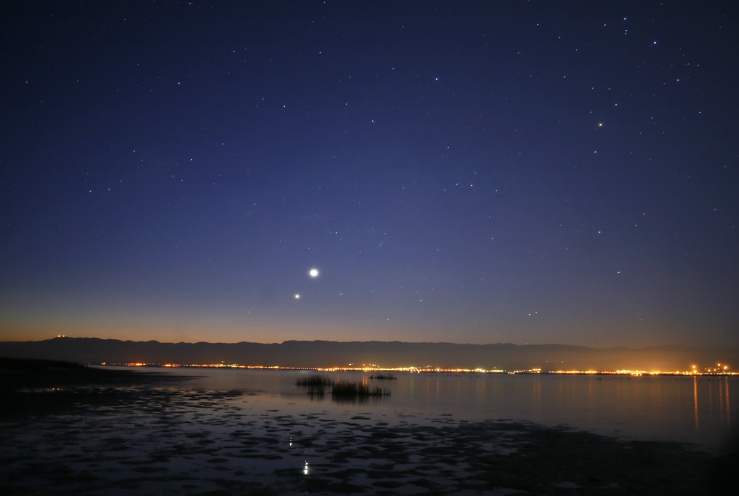

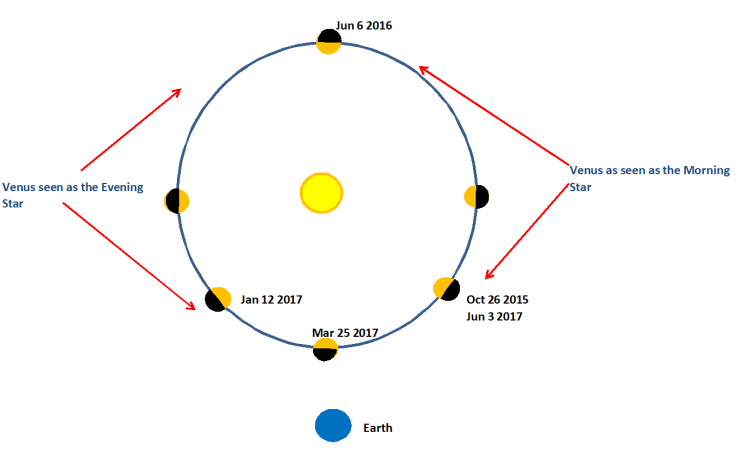


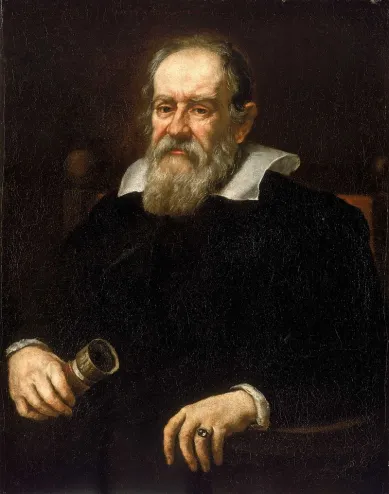
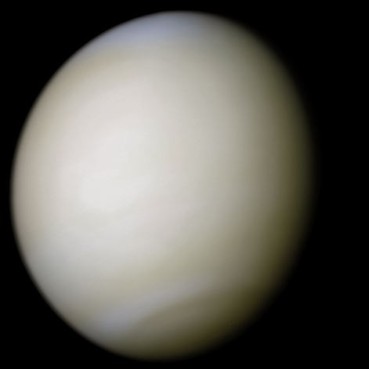

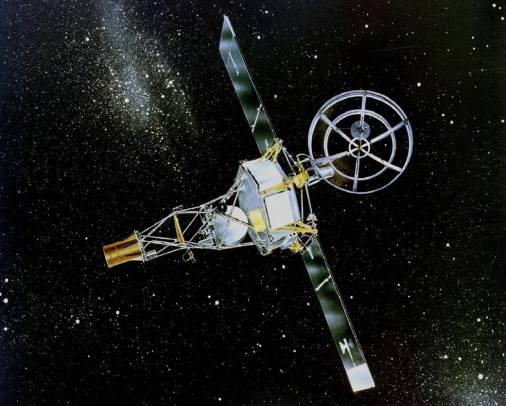
[…] https://thesciencegeek.org/2015/11/10/the-morning-star-venus/ […]
LikeLike
Lots of good information here!
LikeLiked by 1 person
Thank you
LikeLike
Cool post, man! This post makes me want to buy a telescope and observe other planets and stars in the night sky!
When it comes to Venus I am very interested in terraforming it.
LikeLike
Thank you
LikeLike
Speaking of space you should check out my latest article on the Jovian moon Ganymede! A future post may be about Titan.
LikeLike
Thanks you Anvil and yes, you’re right, we first accurately measured the distance from the Earth to the Sun using the transit of Venus. I may write a future post about this
The Science Geek..
LikeLike
Lovely post.Thank you. My Favourite Planet.
Didn’t we discover the distance to the Sun using a transit of Venus?
A nice thing to show kids is that they can see Venus in phase without a telescope thanks to the now ubiquitous iPhone/iPad (other smart phones/ tablets are available).
Simply take a shot of Venus at it’s brightest ( I can’t remember its reflective %? – either way, in my experience it’s when it’s so bright kids go “Wow, What’s that?” ) then use the camera digital zoom to enlarge – Voila! A beautiful crescent of light and an easy ‘in’ to Copernicus, Kepler, Galileo, Heliocentrism, Catholicism, Parallax etc’.
The great thing is that they can then show this to others.
I last did it with an iPhone 3 so would expect much better results with more modern camera phones – (never thought of doing it with Jupiter in opposition?)
Glad I found your blog through your ‘like’. Cheers. Looking forward to reading more.
Anvil.
LikeLiked by 1 person
[…] the Earth, but a little hotter because it is closer to the Sun. As mentioned in my previous post “Venus – The Morning Star“, Venus is completely surrounded by thick clouds and what was beneath the clouds was a […]
LikeLike
I’ll be darned. I have been seeing it on my morning bike ride but assumed it was Jupiter, and that the smaller object was Venus!
LikeLike
Reblogged this on LexaLovesFUNFASHIONFOOD and commented:
Thanks for this! As a child I wished on the Evening Star. I found out as a teenager that this Star was actually the Planet Venus. I endeavored to find out as much as I could about the stars, constellations and planets. I was/am facinated by the significance of conjuctions, alignments and the paths/trajectory as well as the forces of the universe/nature in tgis world. As an adult, I still marvel at the Star of the Morning aka Evening Star aka Venus and my wishes have become affirmations!
@thesciencegeek
I always learn something new when I read your posts/blog…;)
LikeLike
Thank you for your comments and I am glad you find my blog interesting 🙂
I am planning to write some more posts about Venus over the next few months.
LikeLike
Thanks for this! As a child I wished on the Evening Star. I found out as a teenager that this Star was actually the Planet Venus. I endeavored to find out as much as I could about the stars, constellations and planets. I was/am facinated by the significance of conjuctions, alignments and the paths/trajectory as well as the forces of the universe/nature in this world. As an adult, I still marvel at the Star of the Morning aka Evening Star aka Venus and my wishes have become affirmations!
I always learn something new when I read your posts/blog…;)
LikeLike
Thank you for your kind comments., glad you find my interesting.
The Science Geek
LikeLike
We would have love to see the transit of Venus in 2012. It must have been a “quite” spectacle. We are looking forward December when the moon occults Venus. It is always a feel good moment when you see that shining planet in the early morning hours
The red moon this past month was so exciting too.
LikeLike
I’ve been enjoying the views of Venus each clear morning. I’m looking forward to December 7 when the moon occults Venus around the noon hour. I’m hoping for clear skies so I can photograph it.
LikeLike
Yes that will a good sight to see.
It is surprising how many people think that you can’t see Venus in the day.
The Science Geek
LikeLiked by 1 person
Ill keep an eye out for her!
LikeLike
She is well worth seeing 😉
LikeLiked by 1 person